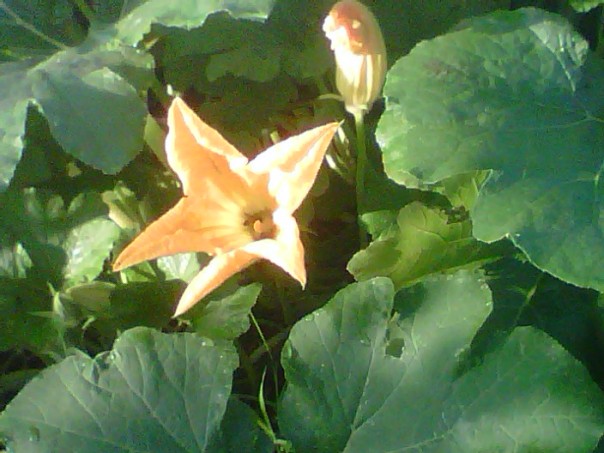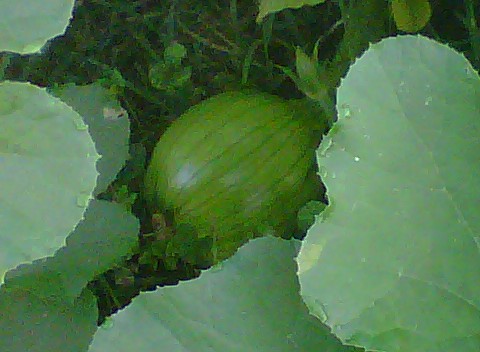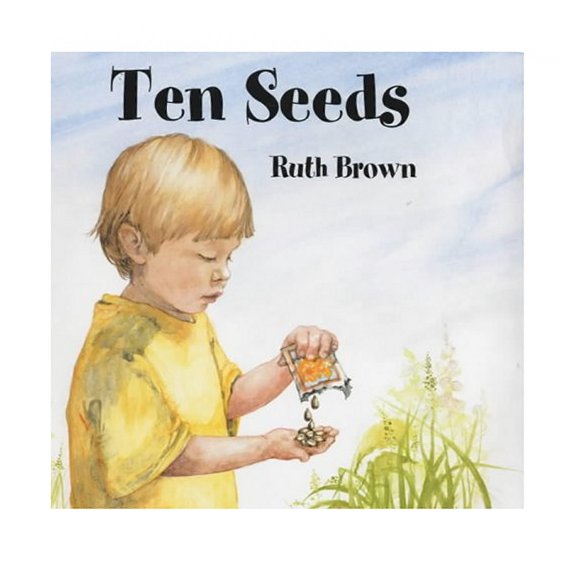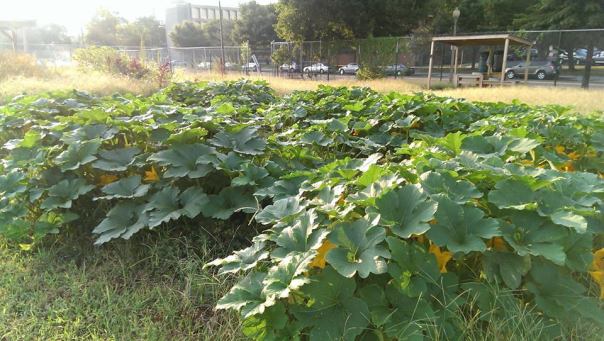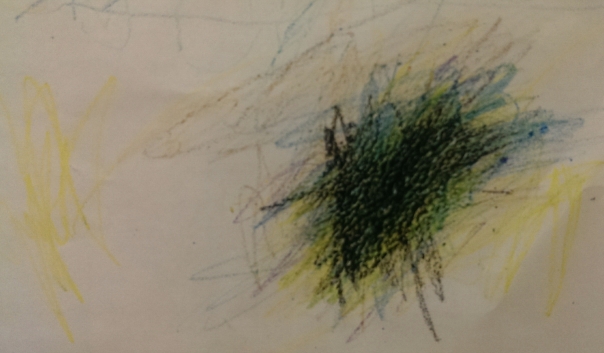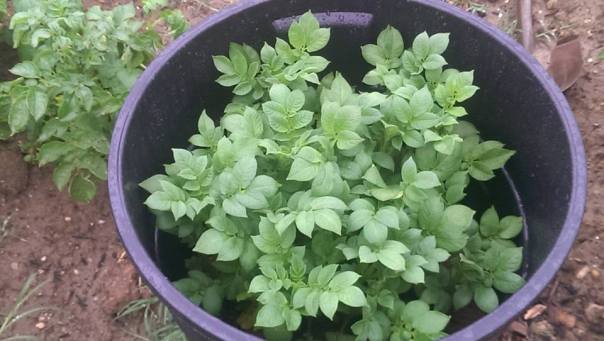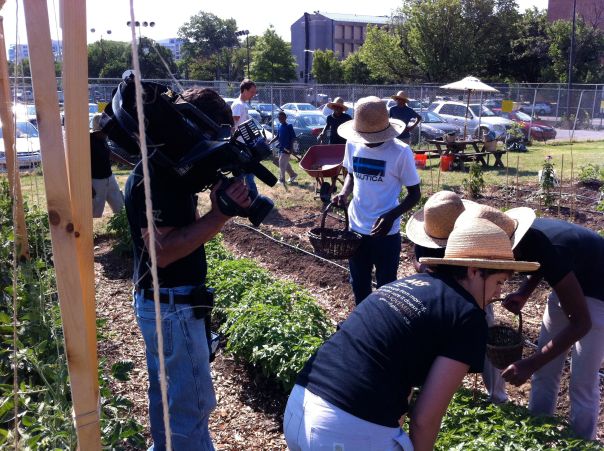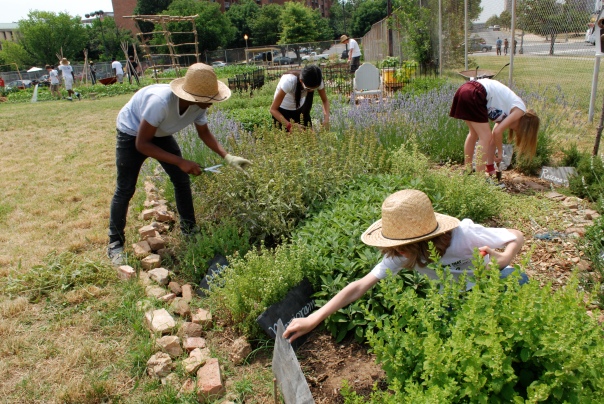The “pumpkin patch” pre-invasion!
Every year the culmination of the year’s growing season is our Harvest Day parade when the whole school celebrates the last day of October. As the school parades around our community in fancy dress, the Pre-School and Pre-Kindergarten classes peel off and make their way to the Farm to harvest pumpkins.
Throughout the growing season (seeds planted July 14th, pumpkins cut form the vine October 21st to cure ~ see Inside the Numbers for a few more details) our youngest students have been following the progress of their pumpkins from the first flowers (an important concept introduced at that time is dioecy where members of the Cucurbitaceae family have both male and female flowers), pollination (our Farm’s honeybees and native bumblebee species always oblige with frequent visits to pumpkin flowers as instruction is ongoing), how the female flowers ovaries swell up to become future fruit, and the importance of beta-carotene in a balanced diet (“different colors on your dinner plate”) and whilst the botany of farm crops can become rather complex, “sowing the seeds” of certain biological concepts in young minds helps build a strong foundation for their science knowledge.
Members of the Cucurbitaceae are dioecious, having both male and female flowers
One of our native pollinators (there are about 4,000 species of native bee in North America) searching for pollen and nectar
First fruits (technically a botanical “berry”)~ with successful pollination and fertilization, the ovary on the female flower starts to swell and the petals fall
In addition, supported by a few well-chosen books, the pumpkin crop allows us to also introduce a number of other natural history concepts (Ten Seeds by Ruth Brown ~ “root”, “shoot”, “seedling”) and to continue to develop community values (Pumpkin Soup by Helen Cooper ~ teamwork, friendship, and the fact that pumpkins are not just for carving at Hallowe’en but bona-fide edible crops that provide nutrition too!)
But in the end, the day’s main event created some of their strongest memories!

